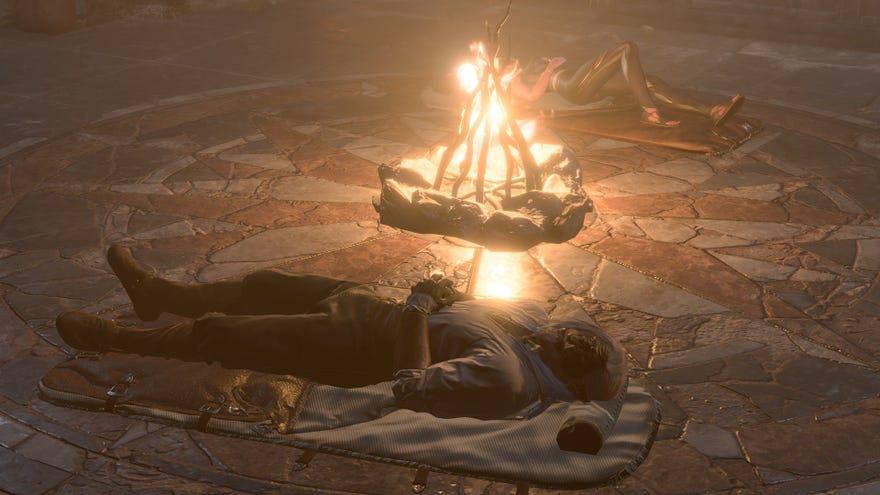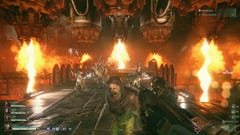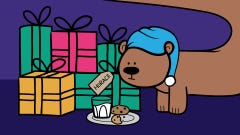The art of the pause
Time crisis
Hitting pause in a video game is like dropping a wall across it. On one side of the wall lies what is called the diegetic space of the game, aka the fictitious world, which is generally the aspect that receives the most interest, the aspect that tends to attract the weasel word "immersive". On the other side of the wall lie menus, settings and other features that form a non-diegetic layer of bald operator functions - technical conveniences and lists of things to tweak or customise, from graphics modes to character inventory, that are cut adrift in a vacuum outside of time.
In theory, the pause screen and its contents are not truly part of the game. There is no temporality, no sense of place, no threat, no possibility of play, no character or narrative, no save the princess, no press X to Jason or pay respects, no gather your party before travelling forth. As the scholar Madison Schmalzer points out in the paper I'm wonkily paraphrasing here, "the language of the menu itself emphasizes the menu's position as outside of gameplay by labeling the option to continue as 'resume game.' The game world is always privileged as the site that gameplay happens."
To view this article you'll need to have a Premium subscription. Sign up today for access to more supporter-only articles, an ad-free reading experience, free gifts, and game discounts. Your support helps us create more great writing about PC games.
See more information





